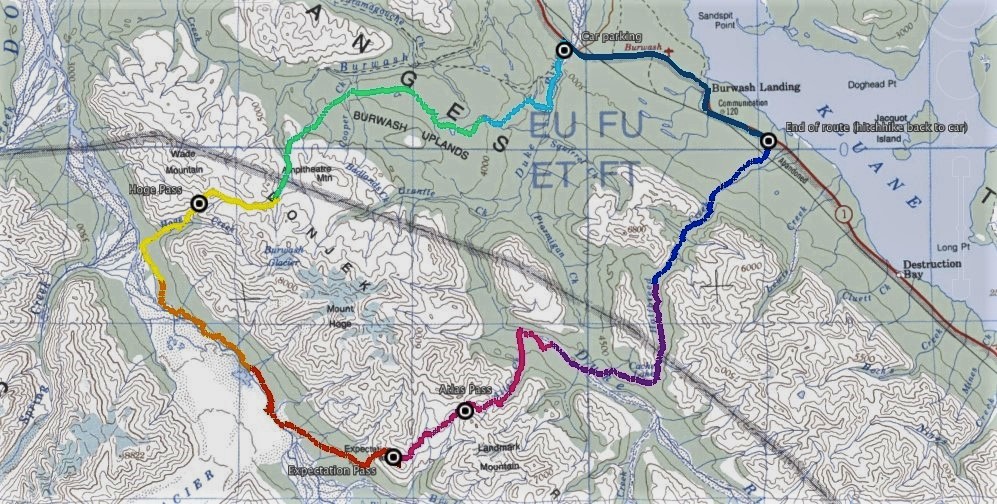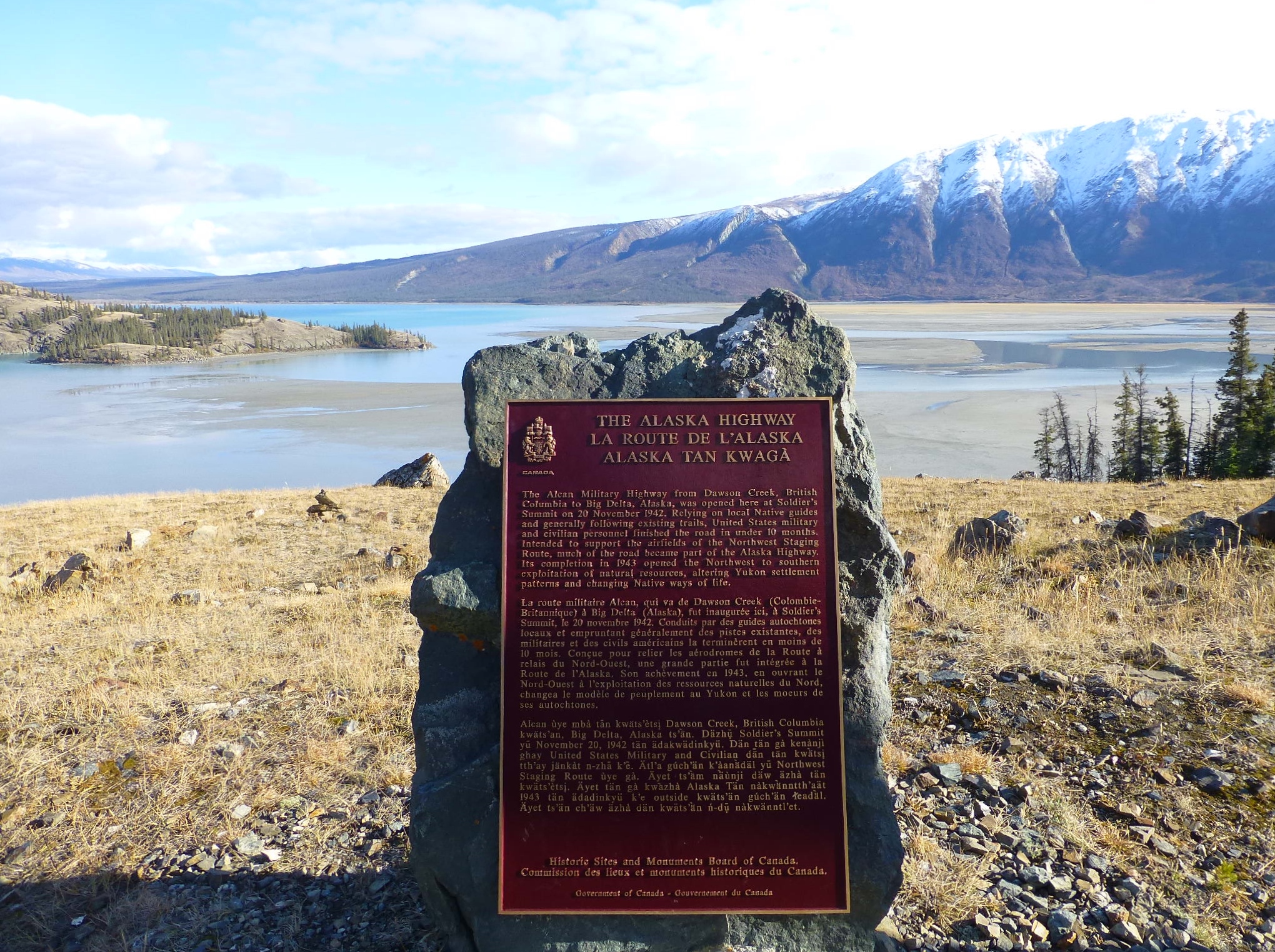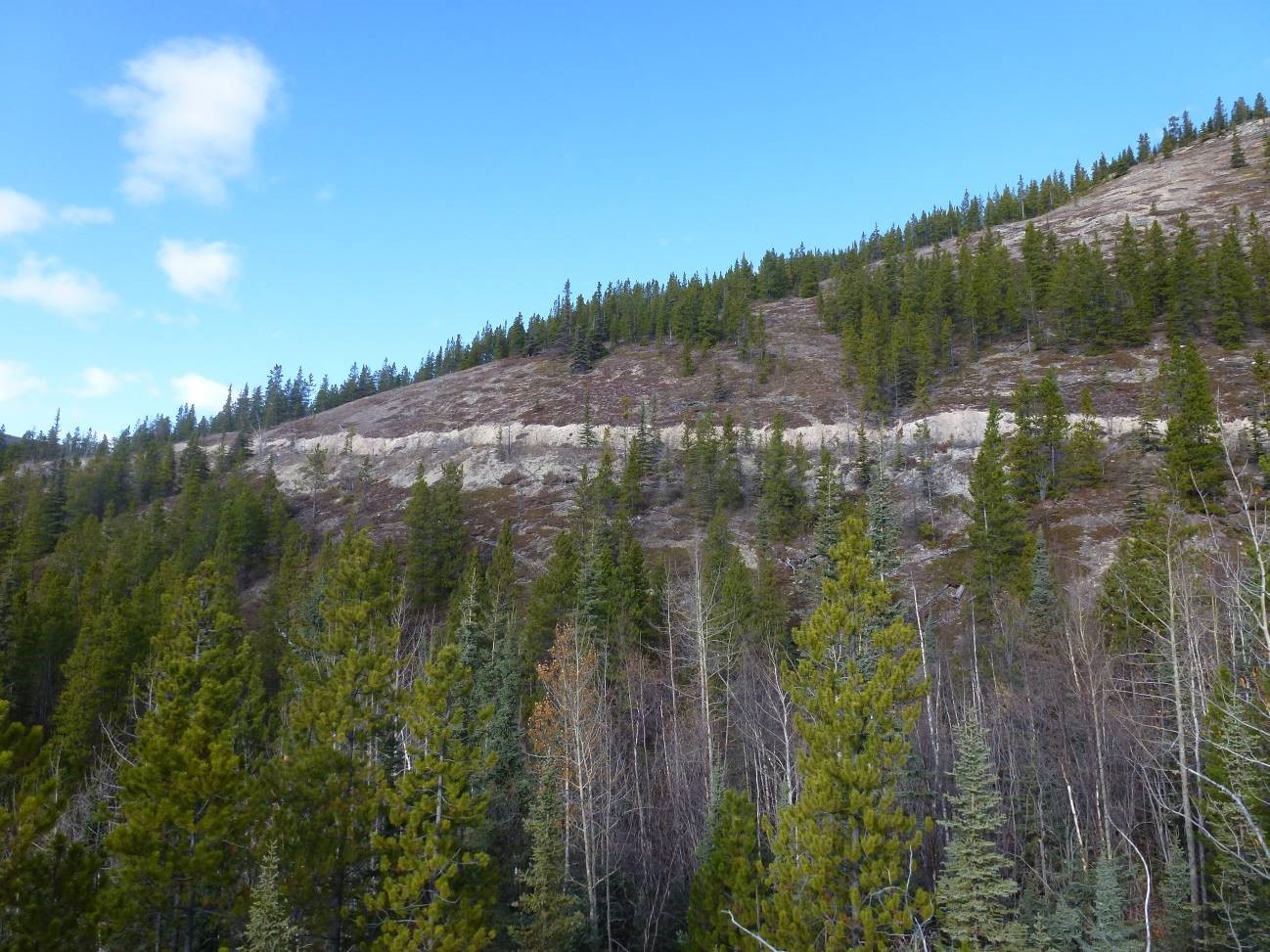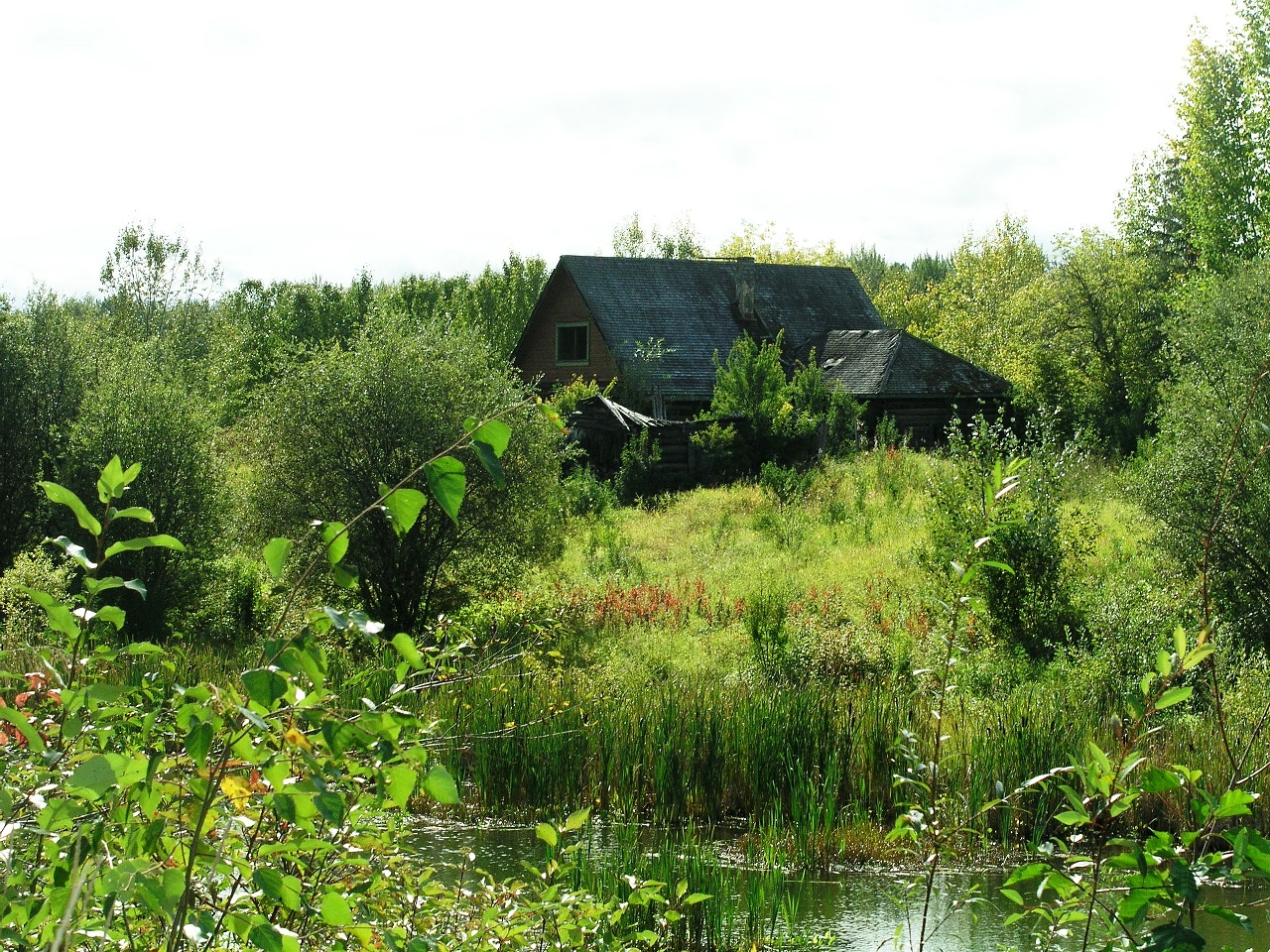Donjek Route
The Donjek Route is located within Kluane National Park and Reserve. Much of the traditional territory of the Kluane First Nation people is located within the vast area that was proclaimed the Kluane Game Reserve in 1943, and later expanded to become the Kluane National Park and Reserve in 1972.










